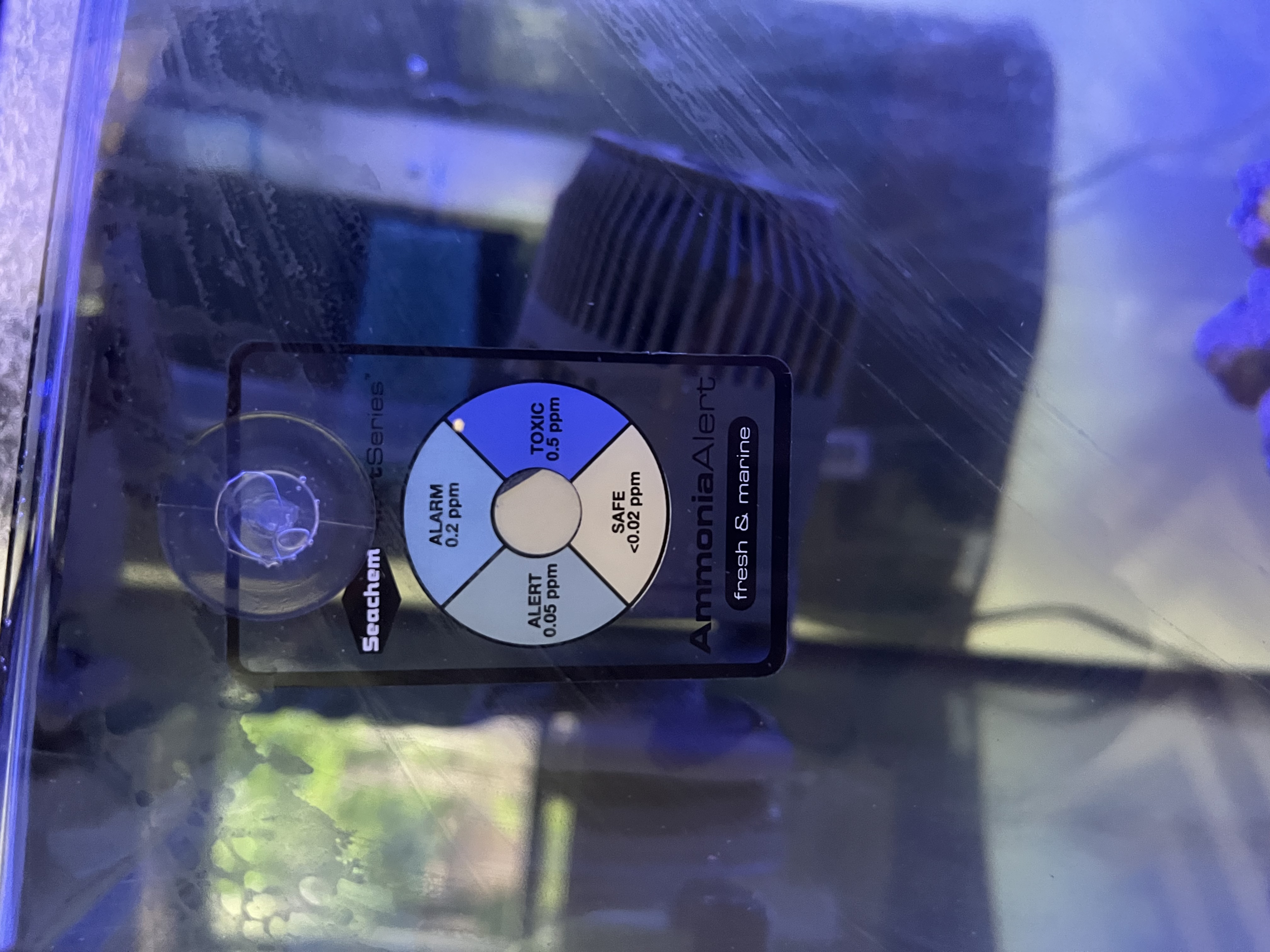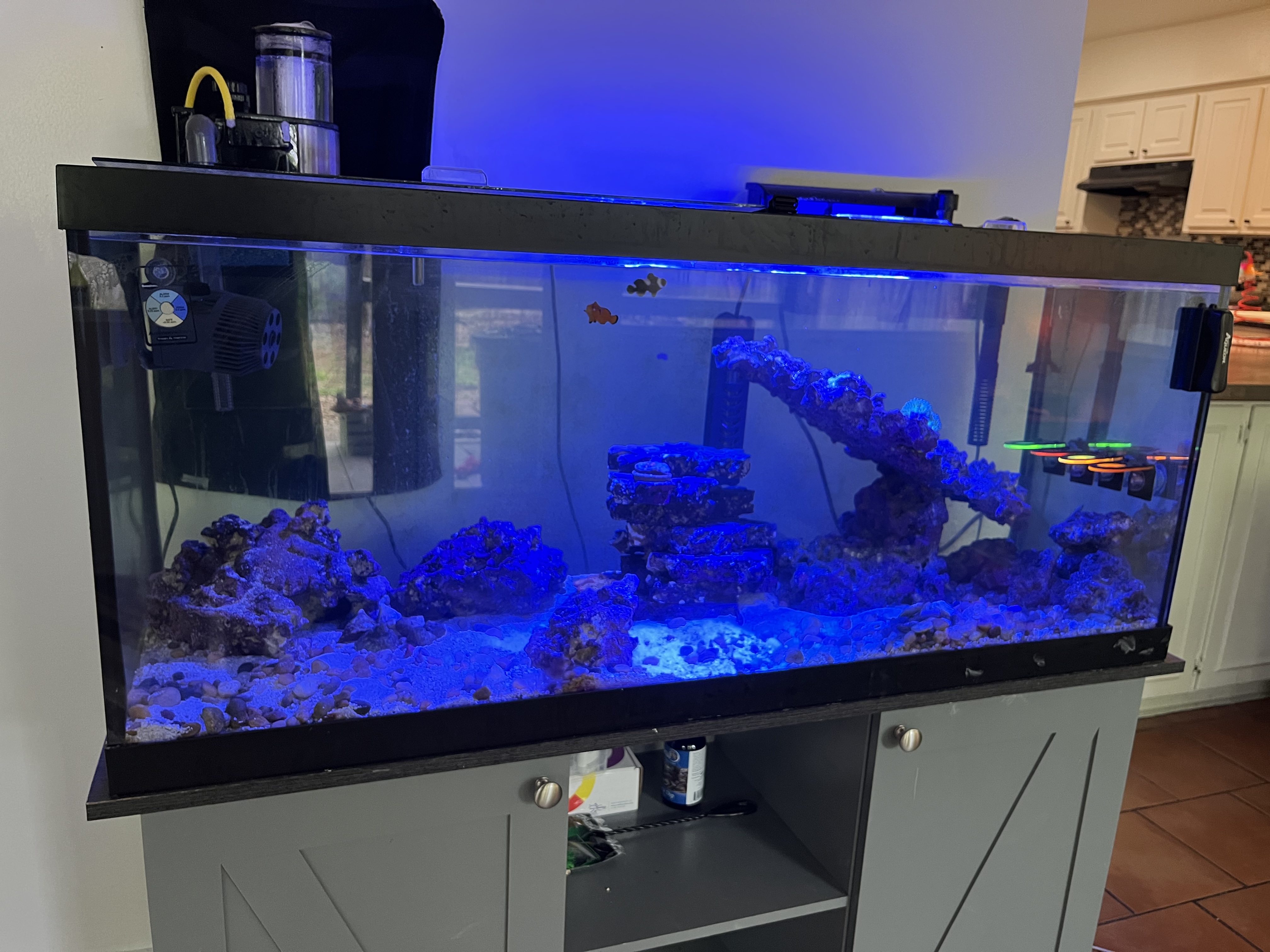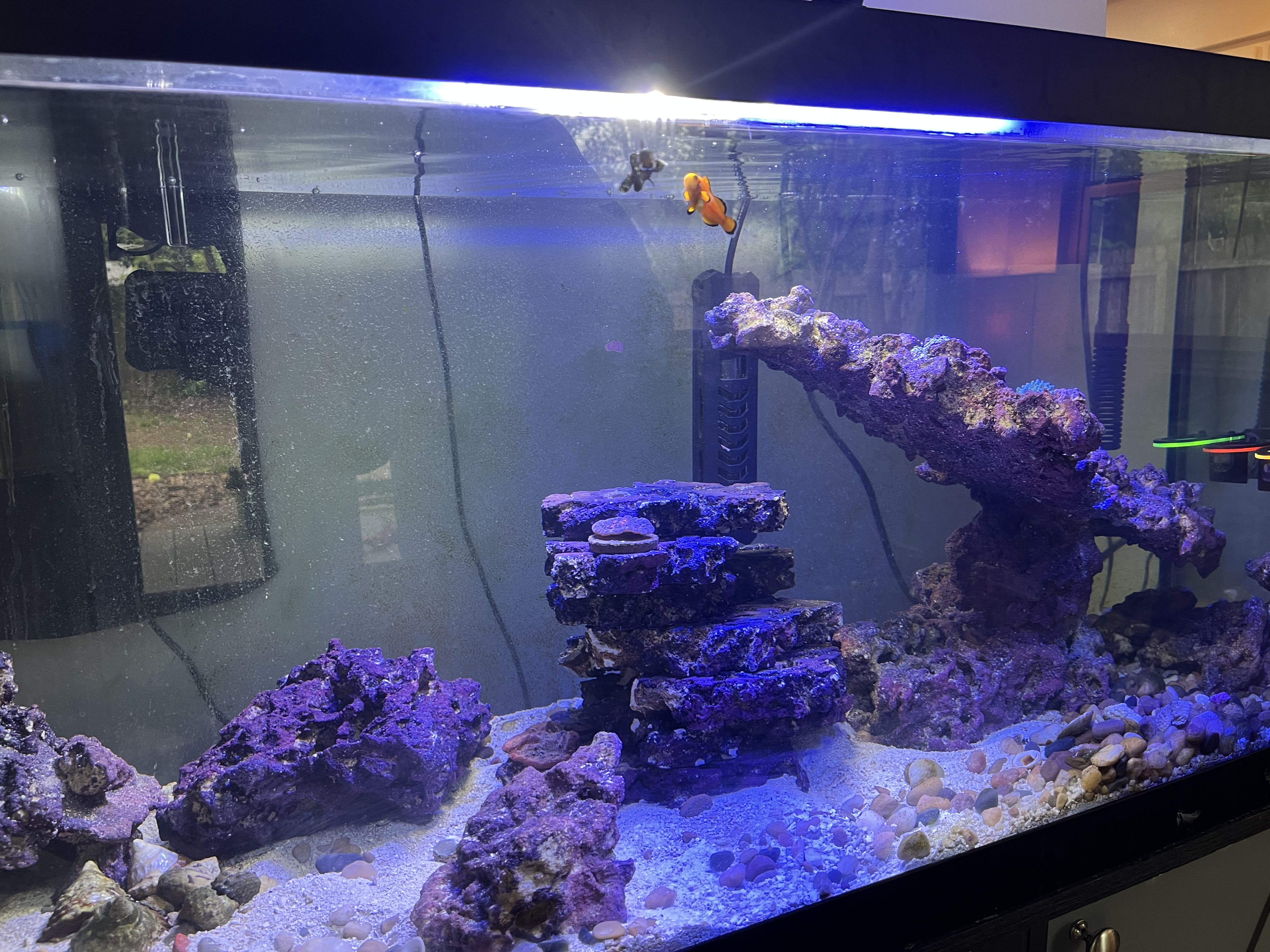- Joined
- Feb 15, 2019
- Messages
- 2,444
- Reaction score
- 3,357
My question is, if it's possible to get a "false positive" confirmation of "sufficient" (not completed) cycling due to a momentary depletion of ammonia caused by bacteria running out of that building block before sufficiently colonizing a tank to the point where it's possible to safely keep livestock without seeing a deadly ammonia spike. (Breathes) Basically, in less technical terms. I wonder if a reefer adds a tiny bit of ammonia to a new tank, tests ammonia levels a few days later and observes a zero reading on their test kit, is their tank actually cycled enough to add a bunch of fish without getting a second ammonia spike and bacterial bloom? There seems to be a greater focus on just seeing ammonia appear and disappear rather than considering if the bacterial population only got a slight boost via the ammonia and while it could process waste from A newly added clownfish, how do we know the bacteria population is robust enough to be able to process waste from five or six fish being added at the same time? In a nutshell, how do we know we're adding enough ammonia to trigger that initial cycle and how do we know the resulting bacterial propagation through our tank's walls, substrate and rocks is sufficient?I'm not sure the question you're exactly asking about ammonia? Can you rephrase it?

















